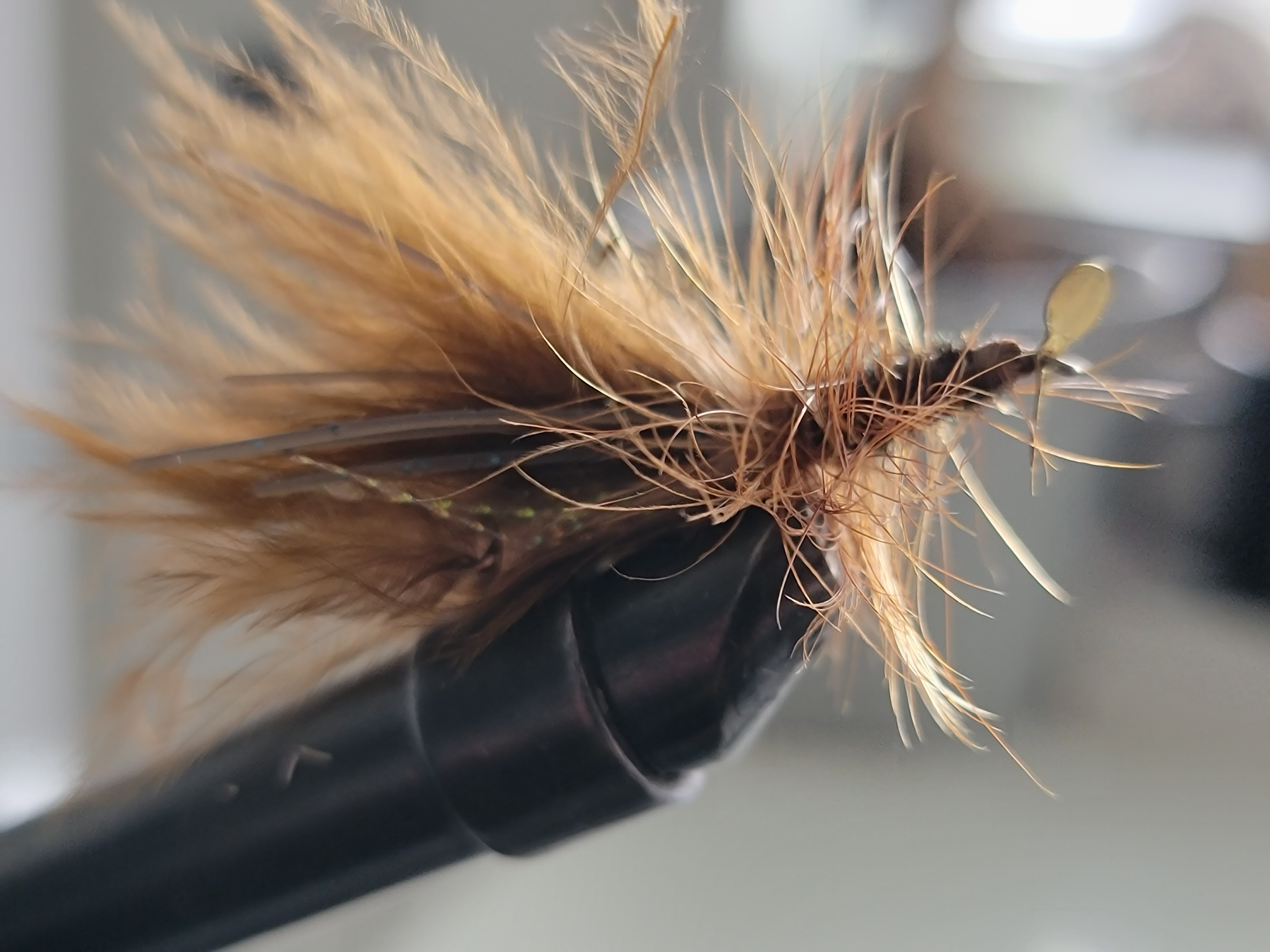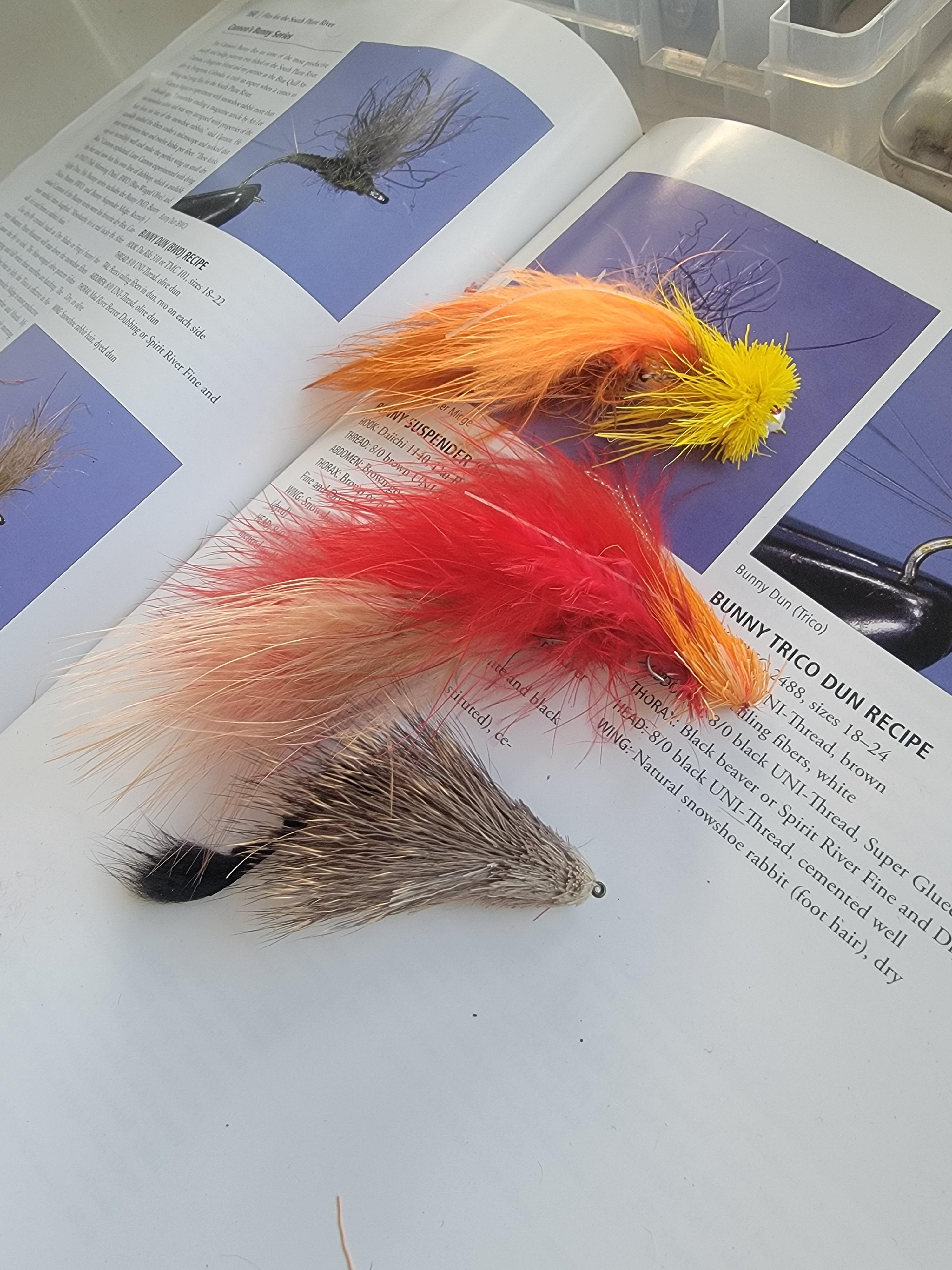Fly fishing is a popular activity in Colorado, especially in the Front Range region. If you want to make the most out of your fly fishing experience, it's important to use the best techniques that work well in this area. By using the right techniques, you can increase your chances of catching more fish and make your time on the water more enjoyable. Therefore, it's crucial to learn and master the most effective fly fishing techniques that work specifically for the Front Range of Colorado.
Fly Fishing on the Front Range

Fly fishing on the Front Range of Colorado offers a unique and captivating experience for anglers. This region is known for its stunning landscapes and diverse wildlife, making it the perfect destination for outdoor enthusiasts. The clear mountain streams and rivers provide an ideal habitat for various fish species, including trout and salmon. The thrill of casting your line in these pristine waters, surrounded by breathtaking scenery, is unmatched. Whether you're a seasoned angler or a beginner, fly fishing on the Front Range is an adventure you won't want to miss.
Additionally, the Front Range offers a wide range of fishing opportunities throughout the year. From springtime hatches to summer stoneflies and fall spawning, each season brings its own unique fishing challenges and rewards. The abundance of fish species, including rainbow trout, brown trout, and cutthroat trout, ensures that anglers have ample opportunities to test their skills and land their dream catch. With so many fishing options available, every trip to the Front Range promises excitement and adventure.
Understanding the Unique Challenges of Fishing in this Region

While fly fishing on the Front Range can be incredibly rewarding, it also presents its fair share of challenges. One of the main challenges anglers face is the fluctuating water levels. Due to the region's mountainous terrain and unpredictable weather patterns, water levels in the rivers and streams can change rapidly. This requires anglers to constantly adapt their fishing techniques and adjust their strategies to maintain success. Additionally, the Front Range is known for its strong winds, which can make casting and presenting flies difficult. Understanding these unique challenges and being prepared to tackle them is crucial for a successful fishing trip on the Front Range.
Top Fly Fishing Techniques for the Front Range
To maximize your success on the Front Range, it's important to employ the right fly fishing techniques. One effective technique is nymph fishing, which involves fishing subsurface using imitations of aquatic insects. This method is particularly effective during hatches or when fish are actively feeding near the bottom. Another popular technique is dry fly fishing, which involves casting and presenting flies that float on the water's surface. This method is often used during hatches or when fish are rising to feed on insects. Streamer fishing is another technique that can yield great results on the Front Range. This involves casting and retrieving large, flashy flies that mimic baitfish or other small prey. By experimenting with different techniques and adapting to the conditions, you can increase your chances of success on the water.
To have a successful fly fishing experience on the Front Range, try out different techniques
- Nymph fishing is effective when fish are actively feeding near the bottom
- Dry fly fishing works best when fish are feeding on insects or during hatches
- Streamer fishing involves casting and retrieving large, flashy flies that mimic baitfish or other small prey
Gear and Equipment Essentials for Success

Having the right gear and equipment is essential for a successful fly fishing trip on the Front Range. One of the most important pieces of gear is a high-quality fly rod and reel. Depending on the specific fishing conditions, you may need different rod weights and lengths. Additionally, it's important to have a variety of flies in your tackle box, including nymphs, dry flies, and streamers, to match the insects and baitfish present in the water. Other essential gear includes waders, boots with good traction, a fishing vest or pack to store your gear, and polarized sunglasses to protect your eyes and improve visibility. By investing in quality gear and being properly equipped, you can enhance your fishing experience and increase your chances of success.
Conservation and Sustainability Practices for Fly Fishing in Colorado

As fly anglers, it's important to practice conservation and sustainability to protect the fish populations and their habitats on the Front Range. One key practice is catch and release fishing, which involves releasing fish unharmed back into the water after catching them. This helps preserve the fish population and ensures future generations can enjoy the sport of fly fishing. It's also important to follow local fishing regulations and guidelines, including size and bag limits, to maintain the balance of the ecosystem. Additionally, anglers can contribute to conservation efforts by participating in river cleanups and supporting organizations dedicated to preserving and restoring fish habitats. By adopting these practices, we can all play a part in ensuring the long-term sustainability of fly fishing in Colorado.
.png?width=300&height=100&name=Copy%20of%20Rise%20Beyond%20Logo%2012.31.24%20(300%20x%20100%20px).png)
.png)
-1.png)

